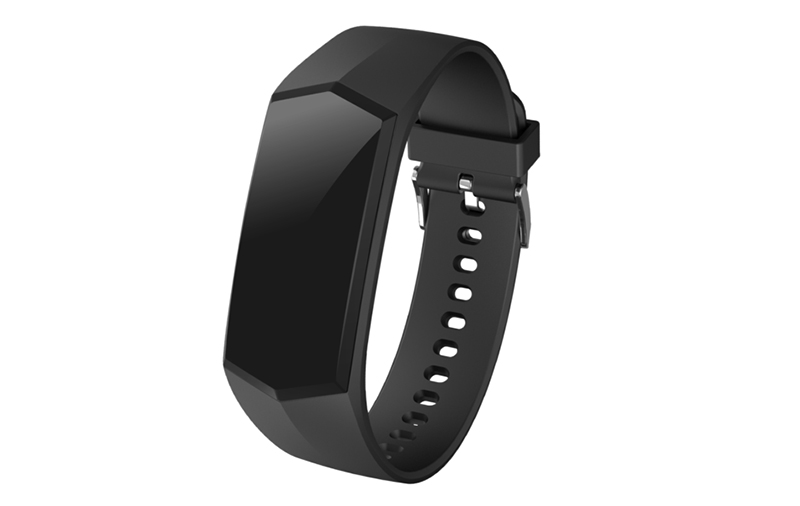Beable® COVID Safety Bracelet Successful Pilot at North London Heat and Power Project
beable®, an easy-to-use health check and tracking app, has successfully completed a trial at North London Waste Authority’s (NLWA) North London Heat and Power Project (NLHPP). The app gives construction workers and employers a simple red/green check of their ability to work and was developed and deployed by EMS and COMIT Projects Ltd.
Andrew Lambert, EMS CEO, stated: “We are delighted to have run this trial for this exciting project.” Stuart Young of COMIT Project said that “beable ®Wearable is a useful tool to keep construction sites operational during the Covid-19 lockdown. The results so far suggest this is a successful way to keep construction sites open, productive and safe.”
beable® Wearable helps construction sites to work safely during Covid-19 by tracking interactions between site workers. This initiative, funded by the Government’s Innovate UK Scheme under the category “Business-led innovation in response to global disruption”, aims to help keep construction workers safe and productive.
The successful pilot has led to NLWA adopting the system under a 6 month contract to continue to safely monitor and manage social distancing on the NLHPP. This builds on the project’s already strong management structure which included the early adoption of Covid-19 measures and continual dialogue with contractors through a Covid-19 taskforce. It has set an excellent example of going above the status quo to implement and trial new systems which keep construction workers safe and their essential project on target.
Since the start of the beable® trial on-site at NLHPP, EMS actioned feedback provided by contractors to shape the technology to adapt to the new Covid-19 working environment. This included refining the questionnaire and setting up an automatic alert system for line managers in case of positive reports. It also reminded users to follow government guidelines of two meters for 15 minutes or one meter for one minute by alerting users if the distance was not maintained.
However the biggest development for beable® during the trial was in the form of new features. The first new feature helped contractors to use data generated through the wearable devices. This took the form of weekly progress summaries with numerical data for unique daily users, total alerts, and device usage along with updates on progress for fixes. This was added to the data slides of the weekly Covid-19 Taskforce (a team set up for onsite contractors and partners delivering the NLHPP).
The slides feature data graphs from the most requested information, such as when the most alerts occurred, the compliance rate for the daily questionnaire usage per contractor, total alerts per contractor, device usage per contractor and overall compliance per contractor.
From improved data presentation for analytics EMS also developed new uses for the hardware. This took the form of a visitor/ temporary device allocation system created for beable® contractors to be given out to visitors on site. Lanyard versions of the bracelet were used for temporary visitors on-site or as a replacement in the event of a lost personal device.
To improve compliance in the portal and to represent the dynamic worker numbers on site, EMS then developed a worker onsite status system. This allows workers and managers to report to the system when workers are not onsite for non-Covid reasons. This is intended to improve overall compliance numbers in the weekly reports by showing a more accurate on-site user number and removing false indications of inactive users.
beable® is continuing to focus on improvements from pilot collective feedback with tweaks to hardware and software that will enhance the delivery and effectiveness of the system.
This implementation has been supported by the Covid-19 Taskforce and rolled out with EMS and the NLHPPs health safety and wellbeing team.

Beable wearable device